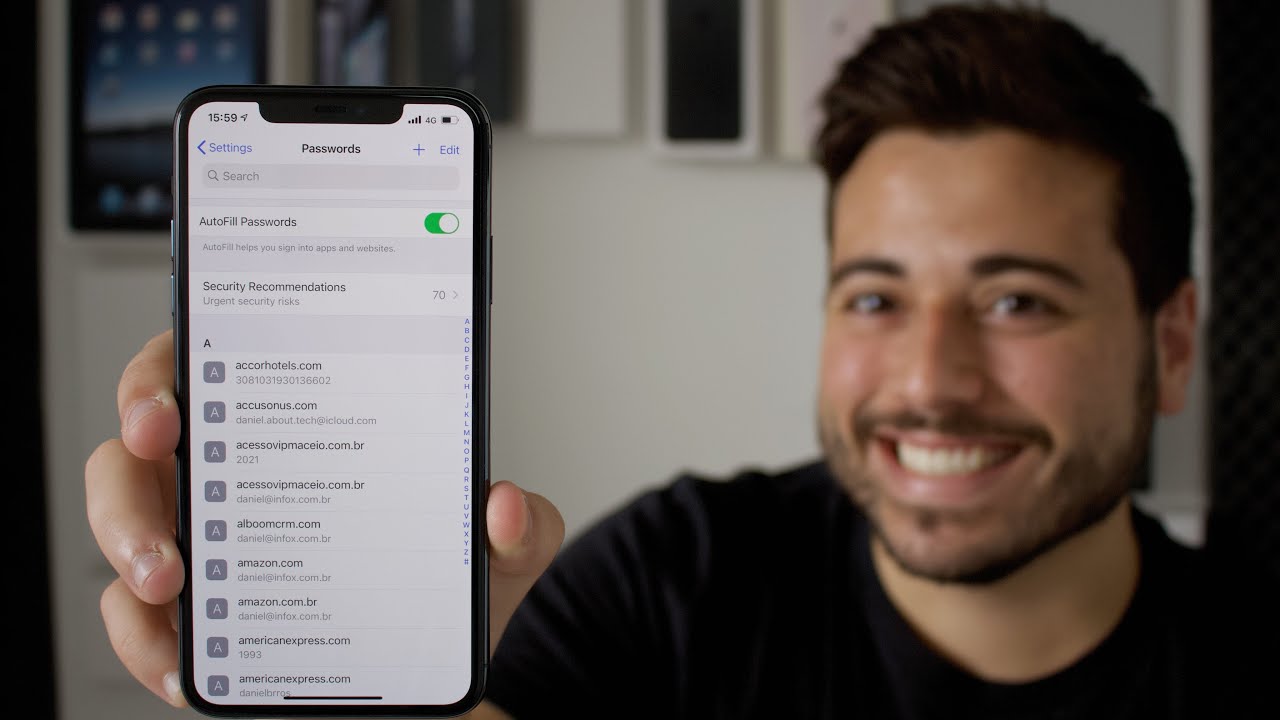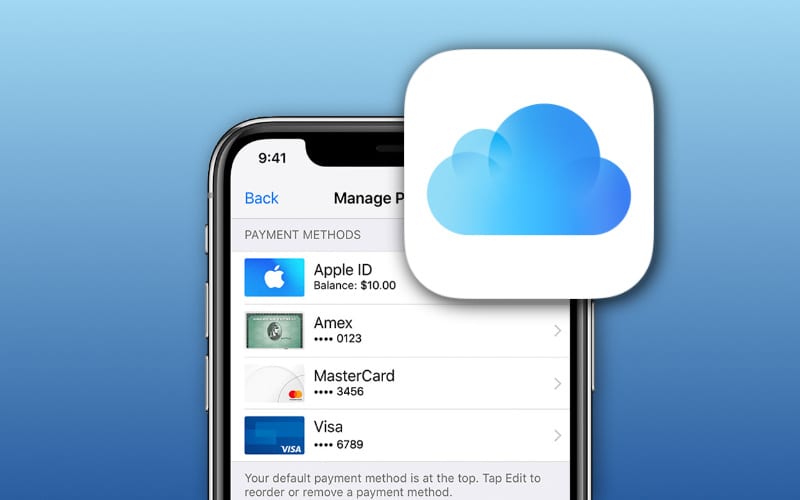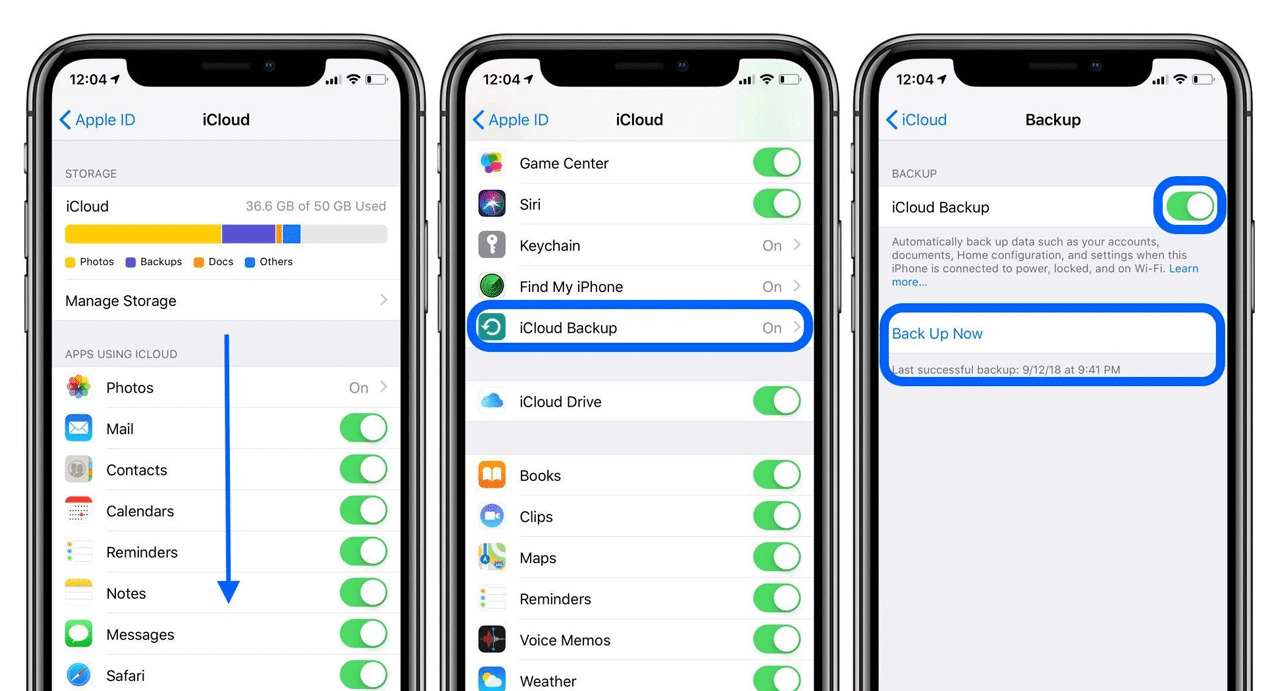What is iCloud and how do I use it? iCloud is a cloud-based storage and synchronization service provided by Apple. It allows users to store their data, including documents, photos, videos, music, and more, securely in the cloud and access it from multiple devices. We will explore the features and benefits of iCloud and provide step-by-step instructions on how toset it up and use it on your iOS devices and Mac computers.
What Is ICloud?
iCloud is a service offered by Apple that enables users to store their files, documents, photos, videos, and other data in the cloud. It acts as a central hub that allows seamless synchronization and access to data across all of your Apple devices, including iPhones, iPads, Mac computers, and even Windows computers.
The key features of iCloud include:
- Storage -iCloud provides users with a certain amount of free storage space to store their data. Additional storage can be purchased if needed.
- Backup -iCloud allows users to back up their iOS devices wirelessly, ensuring that their data is protected in case of loss or damage to their device.
- Synchronization -With iCloud, you can keep your data in sync across all of your Apple devices. Any changes made on one device are automatically updated on all other devices linked to your iCloud account.
- Sharing -iCloud enables easy sharing of files, documents, and media with others, making collaboration and sharing contentwith friends and colleagues a breeze.
- Find My -iCloud includes a useful feature called "Find My," which helps you locate your lost or stolen devices and even remotely erase their contents to protect your personal data.
Why Should You Use ICloud For My IOS Devices?
There are several compelling reasons to use iCloud for your iOS devices:
- Convenience -iCloud offers seamless integration with your iOS devices, making it easy to access your files, photos, and other data from anywhere, at any time.
- Data Backup -By enabling iCloud backups, you can ensure that your important data is securely stored in the cloud. In case of device loss, damage, or an upgrade, you can easily restore your data to a new device.
- Synchronization -With iCloud, you can keep all your devices in sync. Whether it's your contacts, calendar events, or Safari bookmarks, any changes you make on one device are automatically reflected on others.
- Sharing and Collaboration -iCloud provides effortless file sharing and collaboration capabilities. You can share documents, photos, and even entire folders with others, making it easy to work together on projects or share memories with friends and family.
- Find My -The Find My feature in iCloud allows you to locate your lost devices on a map, play a sound to help you find them nearby, or even remotely lock or erase their data to protect your privacy.
Now that we understand the benefits of using iCloud, let's dive into the step-by-step process of setting it up on your iOS devices and Mac computers.
How To Set Up ICloud On Your IOS Device Or Mac
Setting up iCloud on your iOS device or Mac is essential for seamless data synchronization, secure backups, and easy access to your files from multiple devices. Here's how you can do it:
How To Set Up ICloud On Your IPhone Or IPad
To set up iCloud on your iPhone or iPad, follow these steps:
- Update iOS -Make sure your device is running the latest version of iOS. You can check for updates in the Settings app under "General" and then "Software Update."
- Enable iCloud -Open the Settings app and tap on your Apple ID banner at the top. Then, select "iCloud" and sign in with your Apple ID. Toggle on the features you want to use, such as iCloud Drive, Photos, Contacts, Calendars, and more.
- Set Up iCloud Backup -In the iCloud settings, tap on "iCloud Backup" and toggle it on. Tap on "Back Up Now" to initiate an immediate backup of your device.
How To Set Up ICloud On Your Mac Computer
To set up iCloud on your Mac computer, follow these steps:
- Update macOS -Ensure that your Mac is running the latest version of macOS. You can check for updates in the System Preferences under "Software Update."
- Enable iCloud -Open the System Preferences app and click on "Apple ID." Then, select "iCloud" from the sidebar and sign in with your Apple ID. Enable the features you want to use, such as iCloud Drive, Photos, Contacts, and more.
- Set Up iCloud Drive -Open Finder and click on "iCloud Drive" in the sidebar. Drag and drop files or folders into iCloud Drive to store them in the cloud.
Now that you have set up iCloud on your devices, let's explore some additional features and functionalities.

How to use iCLOUD DRIVE on your Mac, iPhone and iPad - IN DEPTH understanding of syncing your files!
How To Back Up Your iPhone To iCloud
Backing up your iPhone to iCloud ensures that your data is securely stored in the cloud and can be easily restored in case of device loss, damage, or upgrade. To back up your iPhone to iCloud, follow these steps:
- Connect to Wi-Fi -Make sure your iPhone is connected to a Wi-Fi network.
- Enable iCloud Backup -Go to the Settings app, tap on your Apple ID banner, select "iCloud," and tap on "iCloud Backup." Toggle it on.
- Initiate Backup -Tap on "Back Up Now" to start the backup process. Ensure that your iPhone is connected to a power source and remains connected to Wi-Fi until the backup is complete.
- Monitor Backup -You can check the progress of your backup by going to Settings - > [Your Name] - > iCloud - > iCloud Backup. Here, you can also enable automatic backups and choose whether to include or exclude certain data from the backup.
How To Automatically Back Up To iCloud
Enabling automatic backups to iCloud ensures that your data is continuously backed up without any manual intervention. To set up automatic backups on your iPhone, follow these steps:
- Connect to Wi-Fi -Make sure your iPhone is connected to a Wi-Fi network.
- Enable iCloud Backup- Go to the Settings app, tap on your Apple ID banner, select "iCloud," and tap on "iCloud Backup." Toggle it on.
- Turn on Automatic Backup -In the iCloud Backup settings, toggle on "iCloud Backup" if it's not already enabled. Your iPhone will automatically back up your data whenever it is connected to Wi-Fi, locked, and connected to a power source.
With automatic backups enabled, you can have peace of mind knowing that your data is being backed up regularly without any manual effort.
How To Transfer Data To A New Phone Using iCloud
If you're upgrading to a new iPhone and want to transfer your data from the old device, iCloud makes the process seamless. Here's how to transfer data to a new phone using iCloud:
- Backup Old Device -Make sure your old iPhone is backed up to iCloud. You can initiate a backup manually or ensure that automatic backups are enabled.
- Set Up New Device -Power on your new iPhone and follow the on-screen instructions to set it up. When prompted, select "Restore from iCloud Backup."
- Sign in to iCloud -Enter your Apple ID and password to sign in to your iCloud account.
- Choose Backup -Select the most recent backup from the list of available backups and proceed with the restoration process. Your new iPhone will download the backup from iCloud and restore your data, apps, settings, and more.
How To Set Up iCloud Photos
iCloud Photos allows you to store your entire photo and video library in the cloud and access it from any device. Here's how to set up iCloud Photos:
- Enable iCloud Photos -On your iPhone or iPad, go to Settings - > [Your Name] - > iCloud - > Photos. Toggle on "iCloud Photos."
- Upload Photos - Once enabled, your device will start uploading your photos and videos to iCloud. Depending on the size of your library and your internet connection, this process may take some time.
- Access Photos -You can view your iCloud Photos library on any device by signing in with your Apple ID and enabling iCloud Photos. Photos and videos will be available in the Photos app, and you can organize, edit, and share them seamlessly across all your devices.
How To Restore IOS Devices From An iCloud Backup
If you need to restore your iOS device from an iCloud backup, follow these steps:
- Erase All Content and Settings -On your device, go to Settings - > General - > Reset - > Erase All Content and Settings. This will erase all data on your device.
- Set Up Your Device - Follow the on-screen instructions to set up your device. When prompted, select "Restore from iCloud Backup."
- Sign in to iCloud - Enter your Apple ID and password to sign in to your iCloud account.
- Choose Backup -Select the most recent backup from the list of available backups and proceed with the restoration process. Your device will download the backup from iCloud and restore your data, settings, apps, and more.
What Is iCloud Keychain?
iCloud Keychain is a feature that securely stores your passwords, credit card information, Wi-Fi network credentials, and other sensitive data across all your Apple devices. It makes it easy to autofill passwords, generate strong passwords, and keep your data synchronized and available whenever you need it.
How To Set Up iCloud Keychain
To set up iCloud Keychain, follow these steps:
- Enable iCloud Keychain - On your iOS device, go to Settings - > [Your Name] - > iCloud - > Keychain. Toggle on "Keychain."
- Set Up Verification - Follow the on-screen instructions to set up iCloud Keychain. You may be required to enter a verification codesent to your trusted phone number or another Apple device.
- Create Security Code -Set a security code for iCloud Keychain. This code will be required whenever you access your saved passwords or other sensitive information.
- Synchronize Keychain -Enable iCloud Keychain on your other Apple devices to keep your passwords and other data in sync across all devices.

How To Use iCloud Keychain! (iPhone & Mac)
How To Save A Password To iCloud Keychain
Saving passwords to iCloud Keychain allows you to autofill them across your Apple devices. Here's how to save a password to iCloud Keychain:
- Enter Password -When you sign in to a website or app and enter your username and password, Safari will prompt you to save the password to iCloud Keychain.
- Save Password -Tap on "Save Password" to store the password securely in iCloud Keychain. This password will be available for autofill across all your devices.
- Autofill Password -When you revisit the website or app, Safari will automatically fill in your saved password. You may need to authenticate using Face ID, Touch ID, or your security code.
People Also Ask
Why Is iPhone Storage Full When I Have iCloud?
When your iPhone storage is full despite having iCloud, it's because the physical storage capacity of your iPhone is fixed. iCloud primarily syncs data rather than expanding storage.
What Are The Disadvantages Of Using iCloud?
Using iCloud has drawbacks to consider:
- iCloud+ Charges Steep Monthly Fees- The cost of iCloud+ subscriptions can be high, making it an expensive choice for some users.
- Need Sufficient Storage for iCloud+ Services- To utilize all iCloud+ services fully, such as iCloud Photos and iCloud Drive, you may need to purchase additional storage space.
- Potential Slow iCloud Sync- At times, iCloud synchronization can be slow, resulting in delays when accessing files or updating information.
Is It Okay If Your iCloud Storage Is Full?
When your iCloud storage is full:
- Device Backup- Your device won't back up to iCloud, putting your data at risk.
- iCloud Photos- New photos and videos won't upload, limiting access across devices and preventing space-saving on your iPhone.
- iCloud Drive and iCloud Apps- Files and data won't stay up to date across devices.
- iCloud Email- You can't send or receive emails using your iCloud email until you free up space.
To restore full functionality, manage your iCloud storage by deleting unnecessary data or upgrading storage tiers.
Conclusion
So what is iCloud and how do I use it? iCloud offers a wide range of features and functionalities that enhance the overall user experienceand provide seamless synchronization, backup, and access to your data across all your Apple devices.
Whether you're looking to back up your iOS device, synchronize files and documents, share content with others, or secure your passwords, iCloud has you covered. By following the steps outlined in this guide, you can set up and leverage iCloud to its fullest potential, ensuring your data is safe, accessible, and always up to date.

